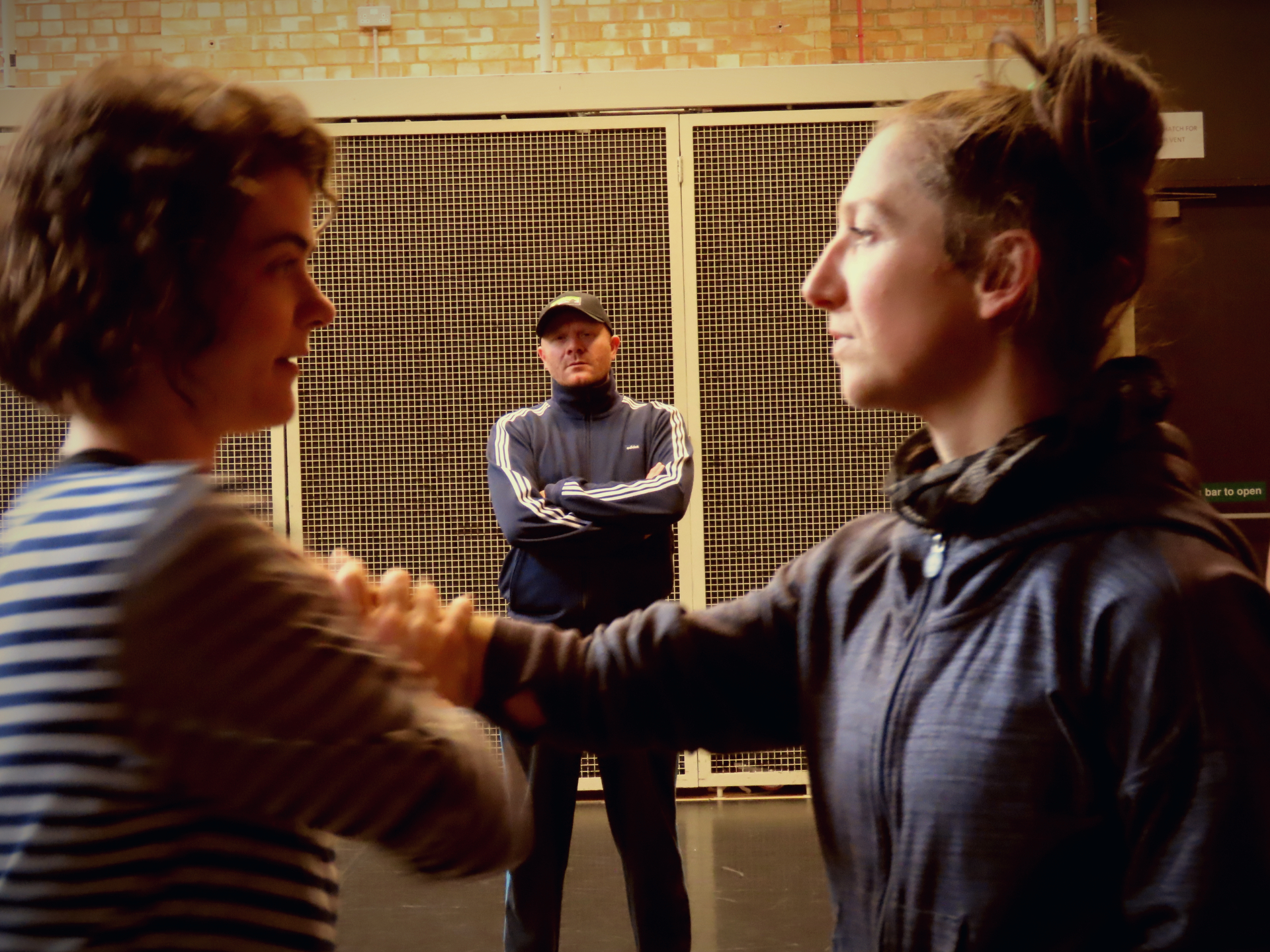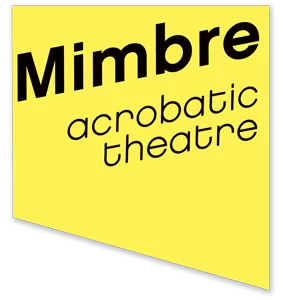
11 Mar Interview with Gary Clarke
Last week, our Lifted cast had their second laboratory with a guest choreographer, this time the brilliant Gary Clarke. We caught up with him for a chat about what acrobats can learn from contemporary dance.
How would you describe your practice?
I think my practice changes from project to project, depending on the people that I’m working with, the subject matter I am dealing with, and the artistic elements that are involved. I tend to use a fresh approach for each project, just because I think each project that I do has a different temperature, a different idea, a different outlook. What I tend to do is allow that to dictate how I work in the studio. So I don’t have a tried and tested methodology, or approach. It changes from time to time and that’s really exciting for me as an artist because it keeps challenging me. It keeps me on top of my artistic ambition, and it’s really exciting to just throw open the doors to that really. I try not to repeat myself even though, fundamentally, I think there are things or characteristics that I take through. I try to see each creative process as a new challenge.
What was the most exciting thing about working with acrobats rather than dancers?
I’ve always loved circus. Even as a young child, I’ve always been to circuses and been in awe at acrobats. The skills that’s involved, not just in acrobats but the circus genre. I’ve always been really intrigued by it, and awed by it. So for me to work with acrobats was a whole new thing, and a whole new challenge, but something that I’ve really relished, and has really excited me. I think the parallel between dancers and acrobats is that they both use their body to get the job done. They’re both physical. And I’ve realised this week that there are fundamentally the same principles applied. It’s about balance and weight and control and physicality, rigor. So not that much difference. I guess the difference is that I would say there is more skilful discipline applied to acrobatics than dance. Dancers have a little bit more freedom. I think as dancers we have a technique which underlies the principles, but we can deviate from that over quite a broad spectrum. Whereas I’ve learnt this week that you can’t deviate too far away from the skill of acrobatics, because it needs that skill, control and attention, otherwise I think it’s then performed badly or unsafely. So I’ve really enjoyed trying to find an in-between point between those two things. How far can we push the skill? How far can we get to that point where it’s almost at breaking point, then pull it back. That’s been really interesting for me, and to get them to think differently about how they might approach some of their skills or tricks, and using their body in a different way: from how a dancer might use their body, to how an acrobat might use their body.
What was the most challenging thing?
I feel really confident saying that we have not had many challenges. I think what’s been really enlightening is how open and brave the company have been. I must admit when I arrived at the process, I thought there might be more of a conversation to be had about how I work as a contemporary dance choreographer, and how Mimbre work as an acrobatics/circus company, but I’m pleasantly surprised. We have managed to create a really lovely dialogue, a lovely way of working, where we can have conversations, and we can bounce from one another. For me there’s not been any challenges. It’s been really lovely just to experiment and play and discover new ways of working and new ways of moving, and we’re going along together. I think each minute of each hour of each day we’re uncovering new territory, uncovering new areas that I’ve not yet explored, and neither have they explored, so we’re on this journey together. I don’t feel like there has been any challenges as such, there’s not been any moment where we’ve struggled. There might be moments where we go “this is not quite working, how do we navigate around that? How do we solve that?” We don’t see it as challenges, we see it as conversations, that we try and solve. And if we don’t solve it, we move on and that’s fine. For me this week is all about discovery.
What would you like to see the performers take out of this week and into Lifted?
Good question! I think what I would like the performers to take away – which I think, and I know they are already doing – is a new approach, to just their physicality and approach to acrobatics. Actually, even though we have a tried and tested method of how we deliver our skills, I’m hoping that this week what I’ve managed to put into the mix is that there could be a different way to do the skills. Maybe ways that you might not think about, because it’s about technique, whereas what I’m hoping is that I’ve put a little bit of creativity into the technique to then deliver the skill. So I hope they take that away, that there could be other options of how to deliver. Also to dance more as well! I think they’re really talented movers, and I think I want to encourage them to not only be able to use their body for acrobatics or circus, but as an expressive tool for movement, which is something we’ve been working on this week. How can we apply the same principles that you would apply to acrobatics to movement? To dancing? They’re both exactly the same. It’s the human body. It’s physicality, moving in space. So I hope that they take that away. Somehow a passion and a love for dance and movement.

Sorry, the comment form is closed at this time.